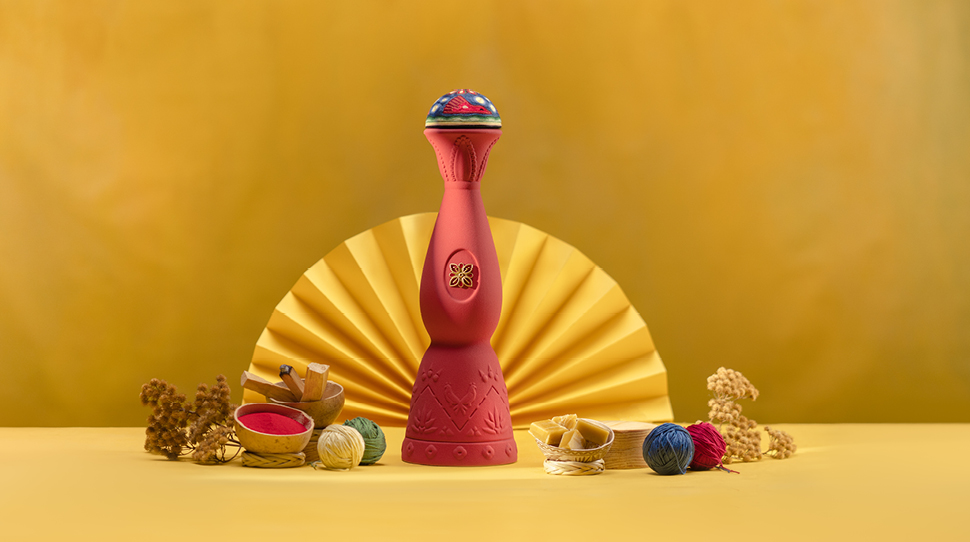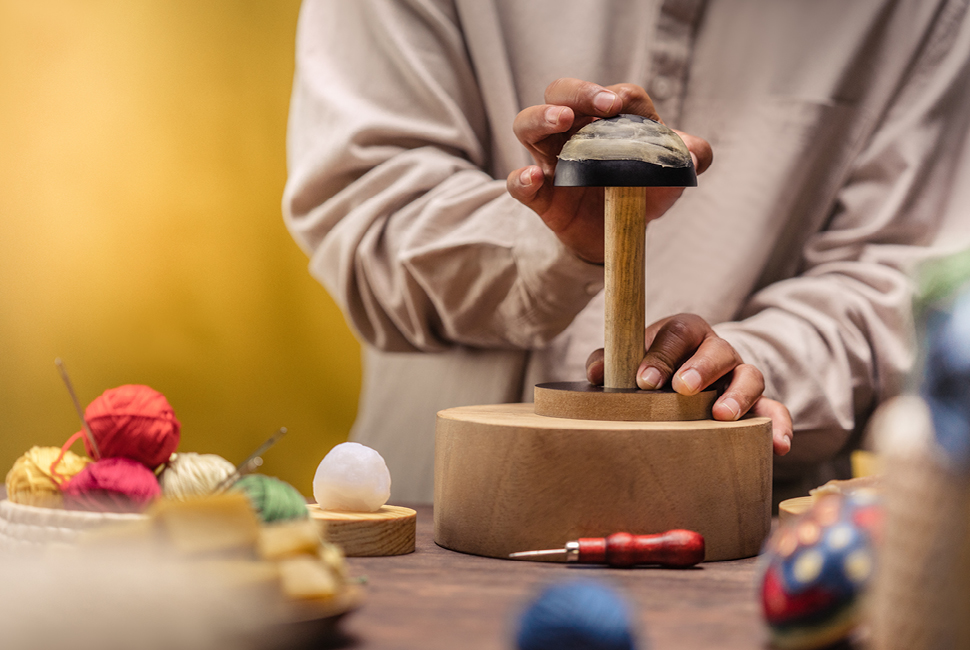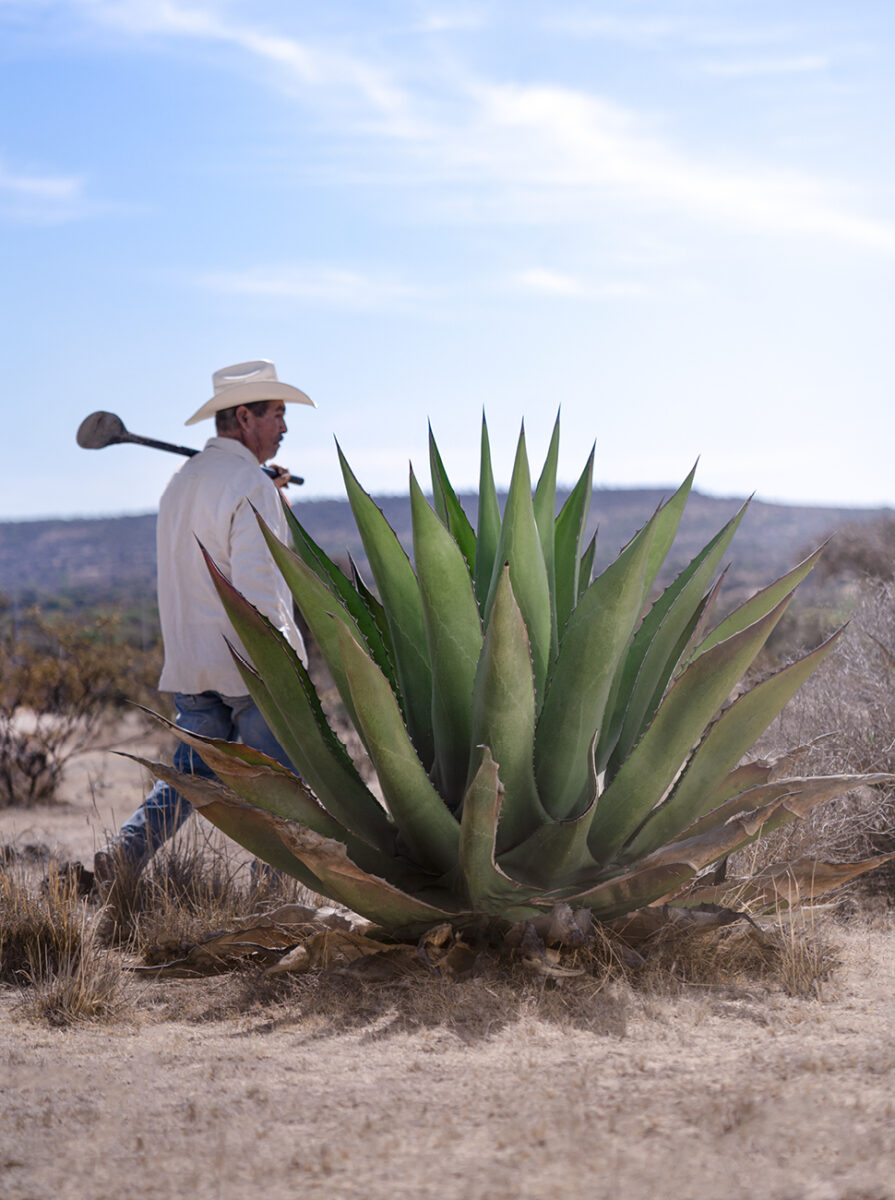
Forbes Travel Guide recently attended the launch of Clase Azul Mexico‘s new Mezcal San Luis Potosí in Mexico City. Appropriately, the evening’s theme centered around the northeastern Mexico region recognized in the name. Guests received behind-the-scenes insight into the inspiration behind the creation of this new mezcal and its gorgeous red decanter.
We had the opportunity to ask Clase Azul Mexico master blender Viridiana Tinoco a few questions about the stunning spirit. Keep reading to get her take on everything from the breathtaking bottle to the painstaking distillation process.
What inspired your latest mezcal creation?
Mexican culture inspires Clase Azul. Mexico has rich distillates to share with the world, given its different agaves, regions, soils and regional distillation processes.
What’s the story behind the decanter’s color and design?
The San Luis Potosí region inspired the distillation and the decanter. It’s a story of the region’s nomadic Guachichiles tribes, which traditionally believe that plants and animals have souls. The decanter’s red color scheme is inspired by the tribe’s tradition of paying homage to a soul animal, such as the red finch, by painting their heads red.
How many bottles are you releasing?
We are not looking for a specific number. We are focused on releasing a quality product that results from the agave harvest, fermentation and distillation. We produce less mezcal than tequila because we use wild plants to make our mezcal. We can’t use too many as we are trying to preserve the region’s environment. The plant also needs more growing time before harvest, resulting in a more limited mezcal production.

Will this bottle be available worldwide?
It will be available worldwide in markets where Clase Azul México is distributed.
What is this new mezcal’s aromatic profile?
Thanks to its unique way of fermentation and distillation, I focused on herbal, green chili, citrus and flower notes.
What food does this pair best with?
The chef for this mezcal suggests simple pairings using ingredients from home, such as goat cheese, white or ruby chocolate, plum and green olives.
What cocktail would you suggest making using the new mezcal?
I recommend La Sonrisa. This refreshing cocktail’s grapefruit, green chili, lime peel and clove flavors highlight the exquisite aromatic notes from Clase Azul Mezcal San Luis Potosí.

How does this mezcal differ from other Clase Azul México icons?
The main difference will be the region, San Luis Potosí. Agave salmiana grows here, which is what we used to produce this new mezcal. In Mexico, we can produce mezcal in nine regions, and San Luis Potosí is one of them. This agave is unique because of its region’s variety and its production process.
What makes Mezcal San Luis Potosí’s production process unique?
For example, we cook the piñas [the heart of the agave plant] underground with wood for Clase Azul Mezcal Durango and Guerrero. Mezcal San Luis is roasted in a steam oven, so you will not smell any smokiness. You’ll have some caramelized aromas due to the longer time cooking time.
The fermentation process is also different. In Guerrero and Durango, we use wood vats for fermentation, but in San Luis, we use a stainless-steel vat. I decided to use this method because I wanted to express more herbal, green chili, citrus and flower notes and develop subtle cheesy notes. Using this method, I knew I could focus on the aromas I was seeking in creating this new mezcal.
Also, in this region’s agave plant, we extract aguamiel [or sap] and use it for fermentation. From the agave plant’s natural yeast, we blend the aguamiel to ferment it. By using this fermentation method, we can create this aromatic profile. We also use two different potstills to extract the different spirit profiles before combining them for the final product.
Bastien Gardrat is the head bartender at Le Logis Cognac, a 16th-century vineyard estate in Cognac, France, that’s available as a private retreat.
